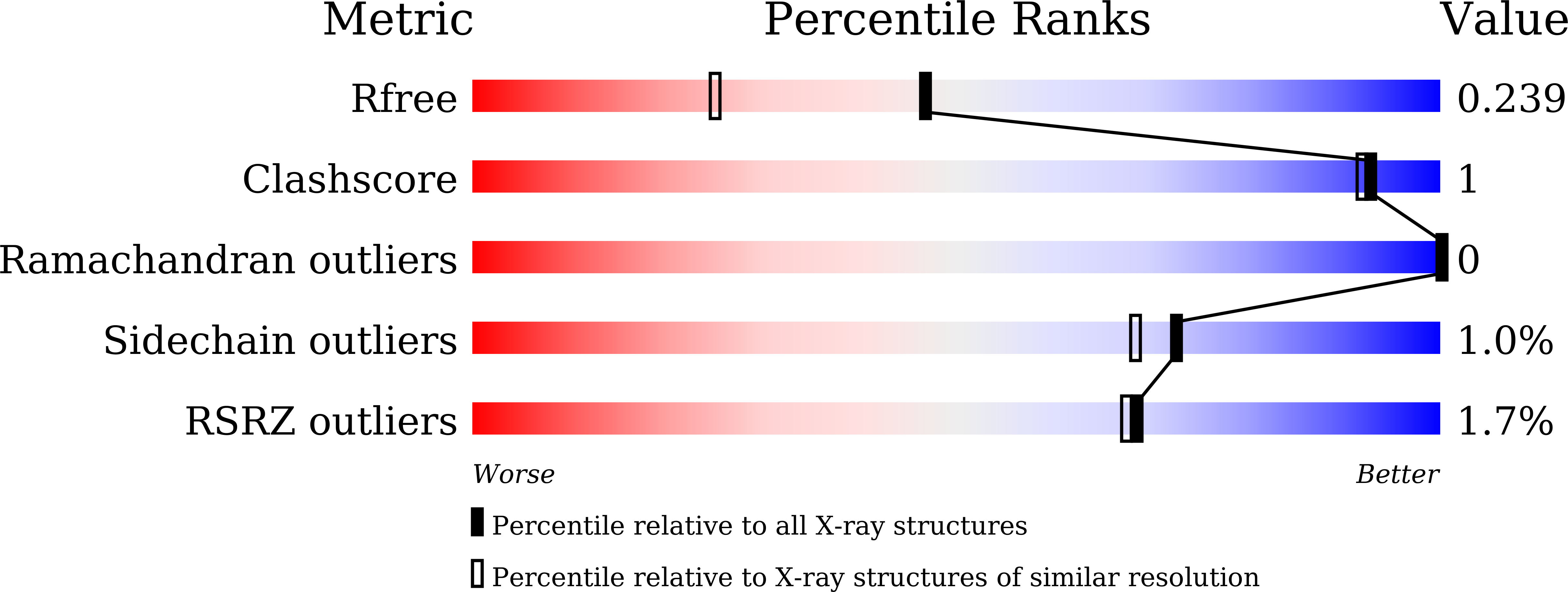
Deposition Date
2025-04-16
Release Date
2025-05-21
Last Version Date
2025-05-21
Entry Detail
PDB ID:
9UJ2
Keywords:
Title:
14-3-3 zeta chimera with the S202R peptide of SARS-CoV-2 N (residues 200-213)
Biological Source:
Source Organism:
Homo sapiens (Taxon ID: 9606)
Severe acute respiratory syndrome coronavirus 2 (Taxon ID: 2697049)
Severe acute respiratory syndrome coronavirus 2 (Taxon ID: 2697049)
Host Organism:
Method Details:
Experimental Method:
Resolution:
1.80 Å
R-Value Free:
0.23
R-Value Work:
0.19
R-Value Observed:
0.19
Space Group:
P 21 21 21


